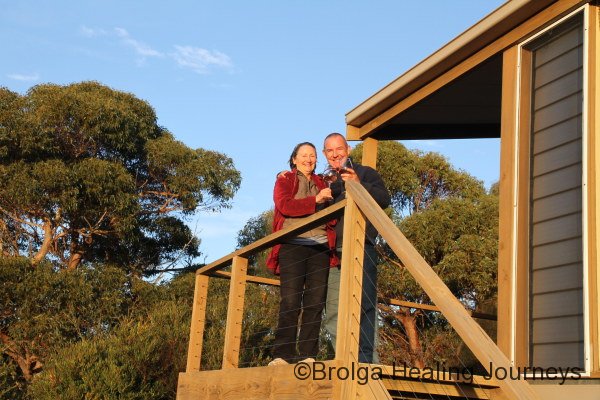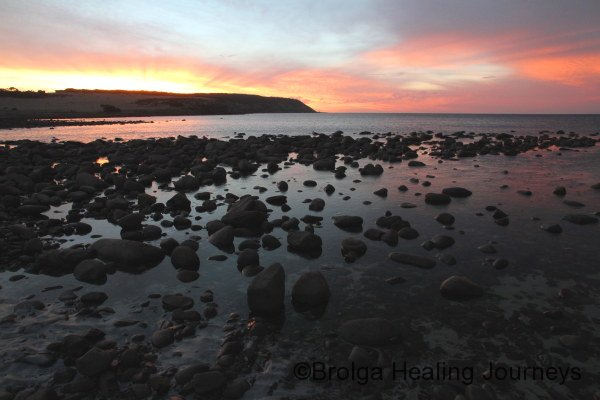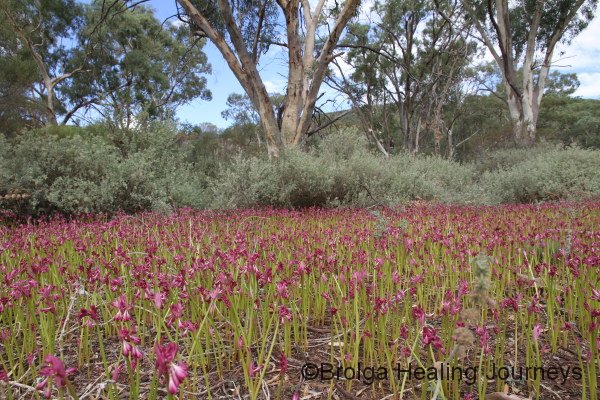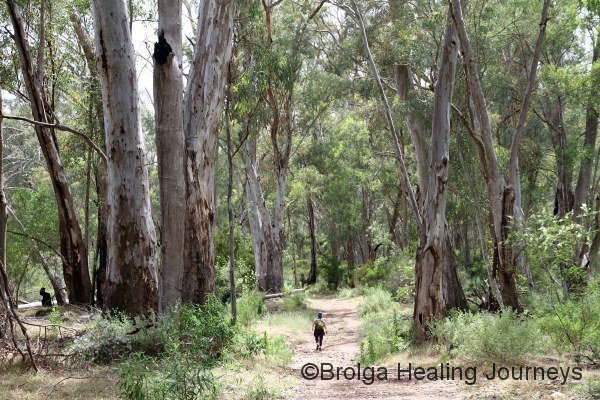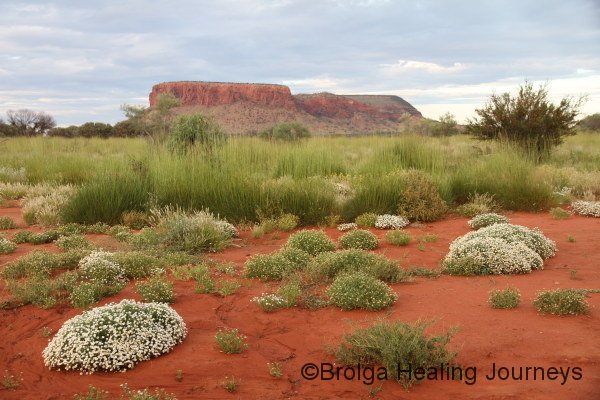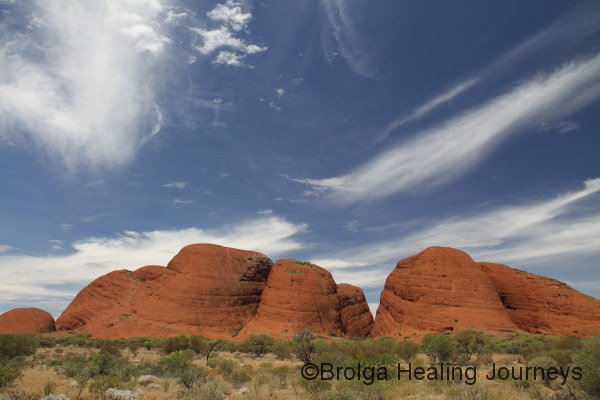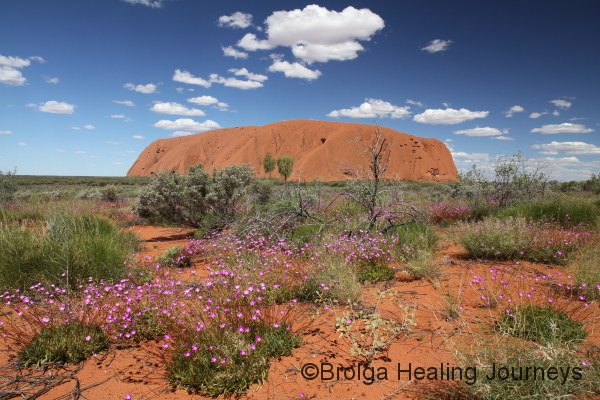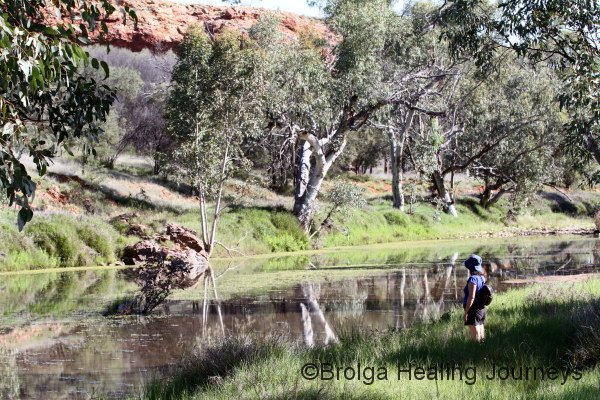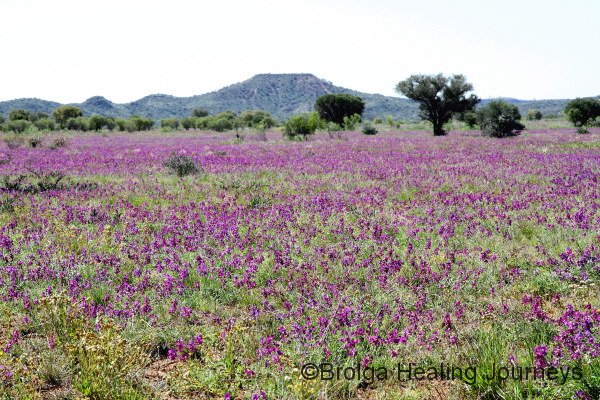Kangaroo Island’s wildflowers
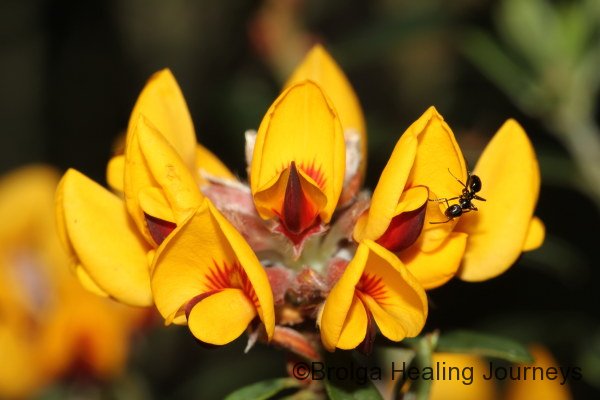
One of the many joys of living on Kangaroo Island, and in particular on its western end, is to witness the delightful annual display of wildflowers. From late winter onwards, as the days grow longer and warmer, the heath-land and forests burst into colour. The greatest variety of flowers obviously occurs in the Spring, but there are in fact some native plants in flower on the island all year round.
